How much energy does a dryer use?
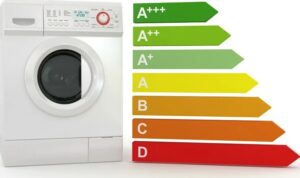 A tumble dryer is an important and expensive purchase that should be approached responsibly after carefully exploring all of your options. Unfortunately, sales consultants are not always able to clearly answer all questions, including in the store they can rarely tell you the exact consumption of the dryer. Therefore, you have to independently search for this information on the Internet so that after the purchase, housing and communal services bills do not start to grow exponentially. Let's figure out how energy-consuming dryers are, what models are available, and how not to make a mistake when choosing a device.
A tumble dryer is an important and expensive purchase that should be approached responsibly after carefully exploring all of your options. Unfortunately, sales consultants are not always able to clearly answer all questions, including in the store they can rarely tell you the exact consumption of the dryer. Therefore, you have to independently search for this information on the Internet so that after the purchase, housing and communal services bills do not start to grow exponentially. Let's figure out how energy-consuming dryers are, what models are available, and how not to make a mistake when choosing a device.
Is the dryer's energy consumption high?
The kW consumption of dryers is affected by their design. Condensing machines, ventilation machines and heat pump machines, which are considered the most economical in energy consumption, are currently common on the market. Typically, dryer consumption is kept within the following limits.
- For condensation and ventilation options, the values are within the limit of 5 kW per hour, if we are talking about the maximum load of laundry and the standard drying program after spinning in the washing machine at 1400 rpm.
- Devices with a heat pump not only heat up less, but also spend almost 2.5 times less - approximately 2 kW per hour on the same program as machines without a pump.
However, these are only approximate average figures that will differ for different models of household appliances. For an accurate example, we will list the power consumption information of 6 popular models.
- The Bosch WTM83261OE freestanding condenser dryer can dry up to 8 kg at a time, using 4.63 kW per hour in the Cotton + Cabinet mode and 2.61 kW per hour if the device is only half loaded. This is far from the most economical machine, as evidenced by its energy efficiency class B, but it is definitely one of the quietest - only 53 dB. Now it can be purchased on Yandex.Market at a price starting from $999;
- The free-standing dryer Beko DU 7111 GAW also has energy consumption class B, but consumes slightly less energy - the manufacturer recorded a level of 3.92 kW per hour at full load in the same “Cotton and Cabinet” mode. This condensing device has a more familiar noise level - 65 dB. The price of this “home assistant” is more pleasant – $599;
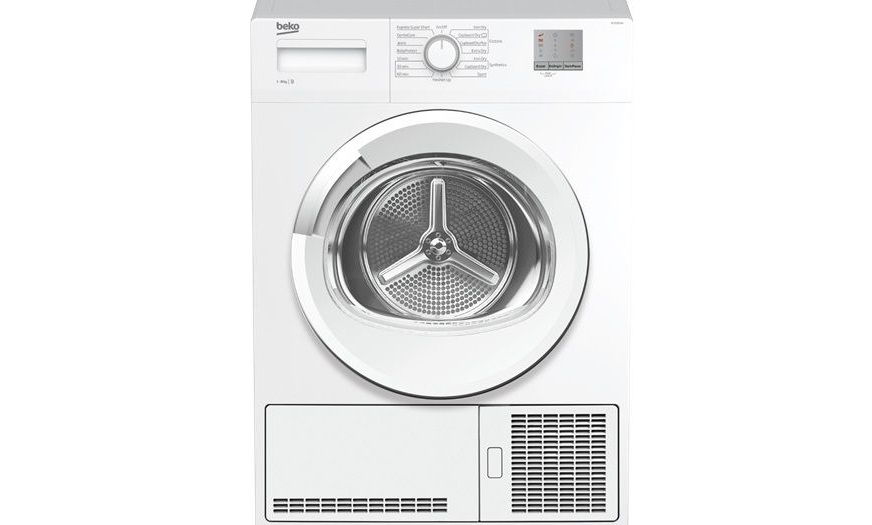
- The separate Gorenje DA82IL dryer is equipped with a heat pump, so its energy consumption figures are much more interesting than previous options without a pump - only 1.97 kW per hour, and this is with a maximum load of 8 kg and in the standard “Closet” cotton drying mode. You will have to pay $1,039 for an economical device with A++ energy efficiency;
- Another premium representative of class A++ is the Bosch WTW85469OE freestanding dryer with a heat pump. With a full load of 9 kg of laundry, it consumes only 2.05 kW per hour, if you use the usual “Cotton + Closet” settings. Currently not available for purchase on the Yandex aggregator;
- One of the best freestanding machines with a pump, the LG DC90V9V9W will delight you with its amazing A+++ energy consumption level. Even if it is loaded to the maximum, and this is as much as 9 kg of laundry, the equipment will consume only 1.46 kW per hour. At partial load the numbers are even nicer - 0.77 kW.But you will have to pay in full for such savings, because prices start at $1,705;
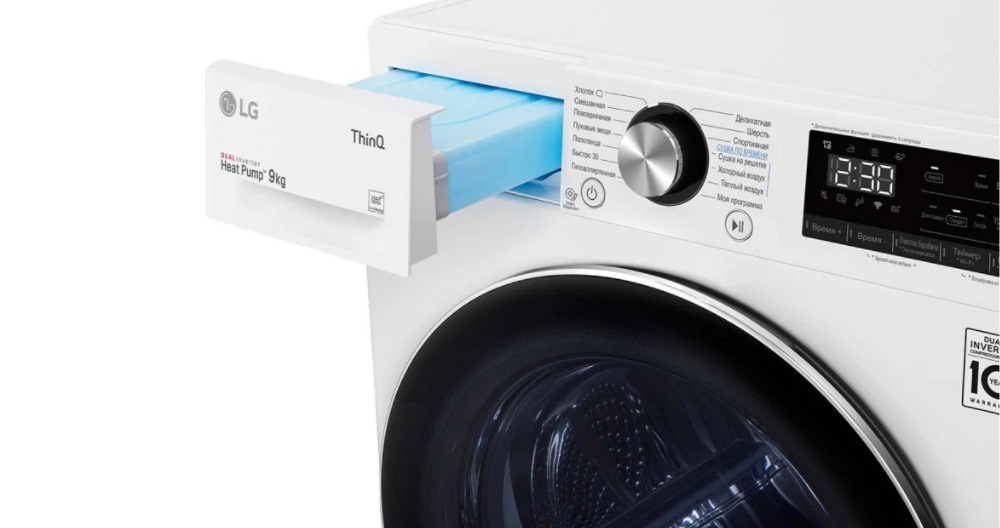
- Finally, another free-standing “home assistant” with an A+++ rating and a corresponding price. The Siemens WT47XEH1OE heat pump dryer consumes only 1.61 kW at a maximum load of 9 kg and 0.9 kW at partial load, but you will have to pay $1,958 for it.
Thus, it can be noted that models without heat pumps mainly have class B and lower. If you want to use energy more efficiently, then you should purchase models with a pump, which sometimes spend less than 1 kW per hour on drying.
What is condensation efficiency class?
It’s always nice when smart technology uses electricity carefully, allowing you to save on utility bills. However, this makes no sense if such equipment does not cope with its direct responsibilities and does not dry clothes well. To prevent this from happening, you should choose the option that is both economical and does the job. To do this, you need to understand condensation classes, which will allow you to avoid making mistakes when choosing a dryer.
There are 7 classes of condensation in total, which start with the Latin letter “A” and end with the letter “G”. For each class, there are certain standards for the residual moisture content of the laundry after the end of the working cycle, which should be taken into account when choosing:
"A" is the best available choice at the moment. Devices with this label usually leave only 5-7% humidity, which is the best possible result;
Housewives do not recommend turning this indicator up to the maximum, because clothes with a humidity level of about 5% are not very convenient to iron, so it is better to turn up the humidity a little for convenience.
Class “B” demonstrates humidity in the range of 11-20%, which is considered the optimal indicator. About 98% of modern dryers are equipped with this particular condensation class;
Level “C” is difficult to find on the market, because such devices leave a lot of moisture in clothes. The indicators of such devices can reach as much as 30%, which does not suit the majority of dryer users;
And if household appliances with the previous efficiency class are still produced, then devices marked with the letter “D”, leaving up to 35% humidity, are no longer produced today;
Once upon a time, manufacturers produced devices with the remaining three classes “E”, “F” and “G” (40%, 45% and 50% humidity), but today it is almost impossible to find such devices even in used condition.
Therefore, when choosing a new “home assistant”, carefully study all the technical characteristics. The main thing is to be sure to pay attention not only to the energy consumption class in order to save precious kW per hour, but also ask about the condensation class, on which the drying efficiency directly depends.
Interesting:
Reader comments
- Share your opinion - leave a comment


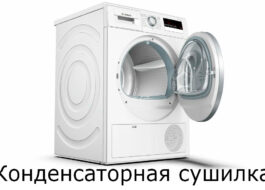
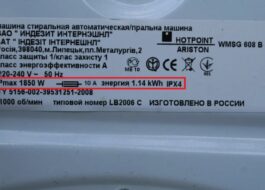
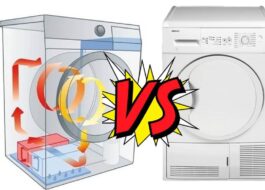
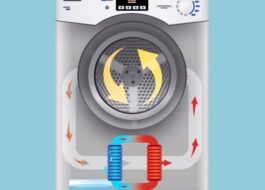
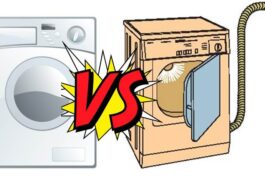














Add a comment